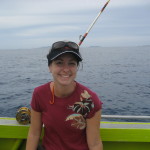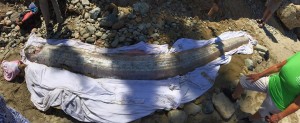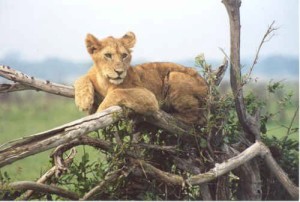January 2016 was different.
We blocked off an entire month, primed it with some of the best speculative fiction from our ocean’s future, wrapped it in a narrative to connect seemingly disparate topics, and launched Field Notes from the Future, 41 blog post imagining the issues we would face in 2041, 25 years in the future. This was the first time in the blog’s almost 8-year run that we dedicated an entire month to a single concept. It was also the first time that the authors collaborated and coordinated our content.
I am incredibly happy with the results. Field Notes from the Future gave us a chance to flex our creative muscles in new and exciting ways. It gave us an outlet to express our hopes and fears, to expand on our concerns, and to look beyond the horizon and imagine the conflicts that have yet to emerge.
Science and Science Fiction have always been deeply connected. For all the great work of the “heroes of science communication”, the STEM-advocates, the science outreach professionals, it was Clarke, Verne, Shelley, Wells, and Le Guin who inspired me to pursue a career in science. Science shows us the world as it is, Science Fiction imagines the world as it could be.
Read More “On spending a month publishing science fiction from our Ocean Future.” »
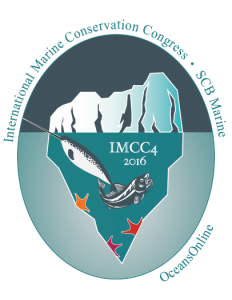 Next summer’s
Next summer’s 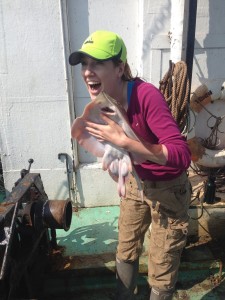
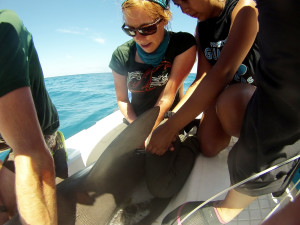 Rachel Skubel graduated with an M.Sc. in Environmental Science from McMaster University where she studied climate impacts on water cycling in temperate forests, and a B.Sc. from the University of Western Ontario. Her current research interests revolve around how oceanic predators will be impacted by anthropogenic environmental changes. She is a currently a shark research intern with Dr. Neil Hammerschlag’s lab at the University of Miami.
Rachel Skubel graduated with an M.Sc. in Environmental Science from McMaster University where she studied climate impacts on water cycling in temperate forests, and a B.Sc. from the University of Western Ontario. Her current research interests revolve around how oceanic predators will be impacted by anthropogenic environmental changes. She is a currently a shark research intern with Dr. Neil Hammerschlag’s lab at the University of Miami. 